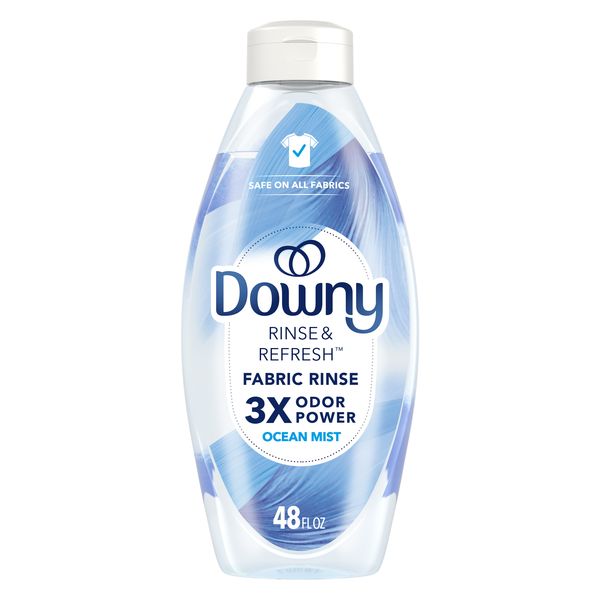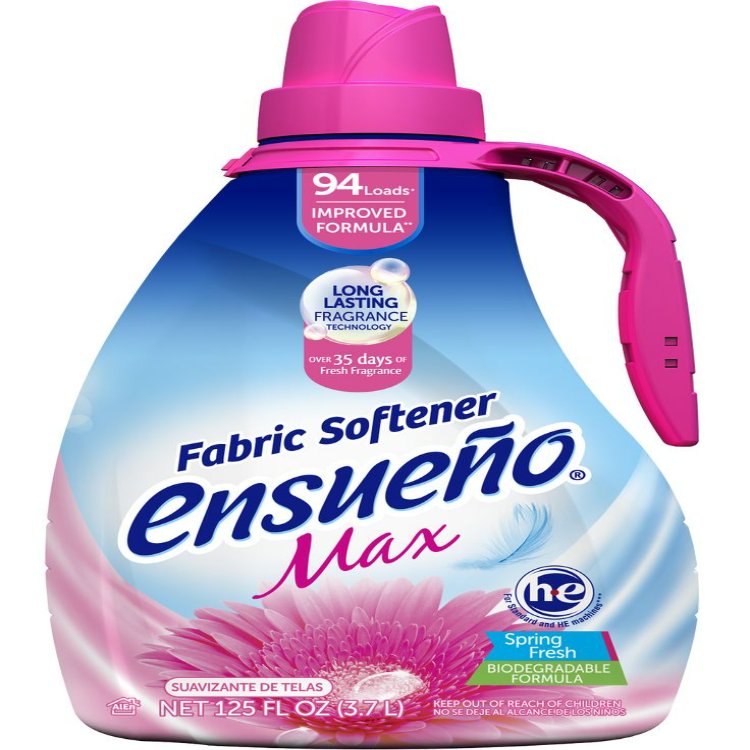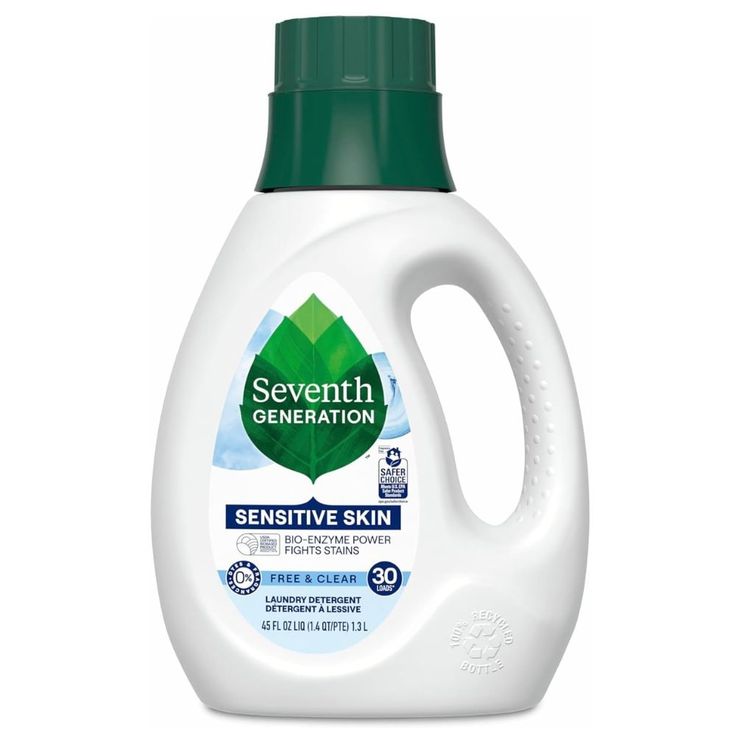Essential Guide to Using Fabric Softener
Navigating the world of laundry care can indeed be complex, especially with the myriad products available on the market. Fabric softener is one of those household staples that can enhance your laundry experience significantly when used correctly. By understanding how fabric softener works, knowing when and how to use it, and being aware of its benefits, you can ensure that your fabrics remain soft, fresh, and vibrant.
Understanding the Purpose of Fabric Softener
Fabric softeners are designed to coat the fibers of your garments, making them feel softer and more comfortable against your skin. The primary ingredients in most fabric softeners are cationic surfactants, which have a positive charge that helps them bond with the negatively charged fibers in your clothes. This interaction reduces friction, making the fabrics smoother and less prone to static cling. Moreover, fabric softeners usually contain fragrant additives that infuse your laundry with a pleasant scent, creating a more enjoyable experience when wearing or using your linens.
How Much Fabric Softener to Use
One of the most common questions surrounding fabric softener is how much to use for optimal results. The amount of fabric softener necessary can vary based on your washing machine type, load size, and the specific product instructions.
General Recommendations: For average loads, it’s typically recommended to use about 1/4 to 1/2 cup of liquid fabric softener. Most machines have a designated softener compartment, where you can pour this amount before starting the wash cycle.
For Larger Loads: If you’re washing a larger load of laundry, consider increasing the amount slightly to about 3/4 cup, ensuring your laundry is adequately softened and scented.

Fabrics and Fabric Softener Compatibility
When using fabric softeners, it’s essential to consider fabric type. Not all materials benefit from these products.
Understanding When to Skip Fabric Softener
Certain fabrics do not mix well with softeners. For instance, avoid using them on microfiber and sportswear, as softeners can reduce their moisture-wicking abilities. Similarly, flame-resistant and water-repellent fabrics can lose effectiveness when treated with fabric softeners. Use caution with elastane; it can lose stretch over time with frequent softener use.
Best Practices for Different Fabric Types
Natural fibers like cotton and wool often do well with fabric softeners; they become softer and less prone to damage. For delicate items such as lingerie or knits, opt for a mild softener or a specialty product designed for sensitive fabrics. Always check laundry symbols on garment tags to follow care instructions specific to each item.
The Pros and Cons of Fabric Softener Use
Fabric softeners can be a game-changer in your laundry routine, offering several benefits but also presenting potential drawbacks. Here’s what you need to know about using them to your advantage while mitigating any adverse effects.
Benefits of Fabric Softeners for Laundry Care
- Softness and Comfort: Fabric softeners work by coating fibers, making them feel softer and more comfortable against the skin.
- Reduction of Static: They help reduce static cling, which makes clothes more manageable and easier to handle after drying.
- Pleasant Scent: Many fabric softeners come with a pleasant scent, leaving your laundry smelling fresh.
- Wrinkle Prevention: Using fabric softener can help decrease the number of wrinkles in your clothes, reducing the need for ironing.
Precautions to Optimize: Always choose the right amount of fabric softener, especially for small or large loads, to enjoy these benefits without the drawbacks.
Potential Drawbacks and How to Avoid Them
- Residue Build-up: Overuse can leave residue that makes fabrics look greasy. To avoid this, measure the fabric softener correctly and avoid excessive use.
- Allergic Reactions: Some people may experience irritation due to additives in softeners. Opt for hypoallergenic or fragrance-free options if you have sensitive skin.
- Decreased Effectiveness of Other Fabrics: Fabric softeners can reduce the absorbency of towels and alter the moisture-wicking properties of activewear. Use cautiously with these fabrics.
- Environmental Concerns: Some softeners contain chemicals that can be harmful to the environment. Seek out eco-friendly softeners or natural alternatives like vinegar or baking soda.
Tips for Prevention: Consider the fabric type and decide if softener is necessary, follow product instructions for the correct amount, and explore natural softeners to reduce side effects.
By understanding these pros and cons, you can use fabric softener effectively to enhance your laundry without harmful impacts.

How to Measure Fabric Softener Correctly
Proper fabric softener dosage is vital for laundry success. It prevents residue and protects your clothes. Let’s explore how to get it right.
Dosage Tips Based on Laundry Load Size
For small loads, less softener is necessary. A cupful usually suffices. For medium loads, fill the cap to the halfway mark. Use a full cap for large loads. Avoid overfilling the cap; it leads to excess residue.
What to Look For in Fabric Softener Measurements
Check bottle labels for specific dosage instructions. Look for the fill lines in the cap. They guide how much to use for different load sizes. Follow these to prevent overuse. Adjust the amount dealing with extra-large or smaller than usual loads. Remember, correct dosing ensures optimal fabric care.
Fabric Softener Alternatives for Sensitive Skin
For those with sensitive skin, regular fabric softeners might cause irritation. Natural alternatives can offer similar benefits without the discomfort. Natural alternatives like vinegar can soften fabrics without chemicals. Baking soda also reduces odors and maintains fabric softness. Add a half cup of either to your rinse cycle instead of fabric softener.
Preventing Allergies and Irritation: Safe Usage Guidelines
To avoid skin irritation, opt for hypoallergenic or fragrance-free fabric softeners. Always follow the manufacturer’s instructions on how much fabric softener to use. Test on a small fabric piece before using a new product.
Storing and Handling Fabric Softener Safely
Proper storage and handling of fabric softener enhance its efficacy and longevity. Here’s how to manage this laundry aid.
Tips for Proper Fabric Softener Storage
To ensure fabric softener maintains its effectiveness, follow these guidelines:
- Keep at Room Temperature: Store fabric softener in a cool, dry place away from direct sunlight.
- Tighten the Cap: Always ensure the cap is tightly closed to prevent the softener from drying out or absorbing moisture from the air.
- Use Within Recommended Time: Most fabric softeners perform best when used within six months to one year. Check the expiration date and try to use it within this timeframe.
By adhering to these storage tips, you can help maintain the quality and performance of your fabric softener.

Avoiding Common Mistakes in Fabric Softener Usage
Proper usage of fabric softener prevents issues such as residue build-up and fabric damage. Here are some common mistakes to avoid:
- Overuse: Using too much fabric softener can leave a residue on fabrics. Always measure according to the load size.
- Poor Timing: Add softener during the rinse cycle, not during the wash with detergent.
- Incompatible Fabrics: Do not use softeners on sportswear or microfiber, as it can impair their functionalities.
Following these guidelines will help you avoid common faults and get the best results from your fabric softener.
Frequently Asked Questions on Fabric Softeners
Navigating laundry care complexities often leads to questions. Here we address common concerns and debunk myths about fabric softeners.
Addressing Common Concerns and Myths About Fabric Softeners
Fabric softeners often face myths and concerns. One myth is that they always damage fabrics. This is false. When used as directed, they are safe for most fabrics. People also worry they cause allergies. If you’re sensitive, choose hypoallergenic options to mitigate this risk. Another concern is their environmental impact. Eco-friendly softeners are available for those who are eco-conscious. Always read labels and follow usage instructions to enjoy benefits without the downsides.
Real-Life Usage Tips from Laundry Experts
Seasoned laundry experts share valuable tips for fabric softener use. Measure according to load size; this ensures no residue. Use during the rinse cycle for best results. Avoid overuse by sticking to the recommended amount. Use alternatives, like vinegar or baking soda, for a natural approach. Following these simple but expert tips can make a huge difference in your laundry routine.